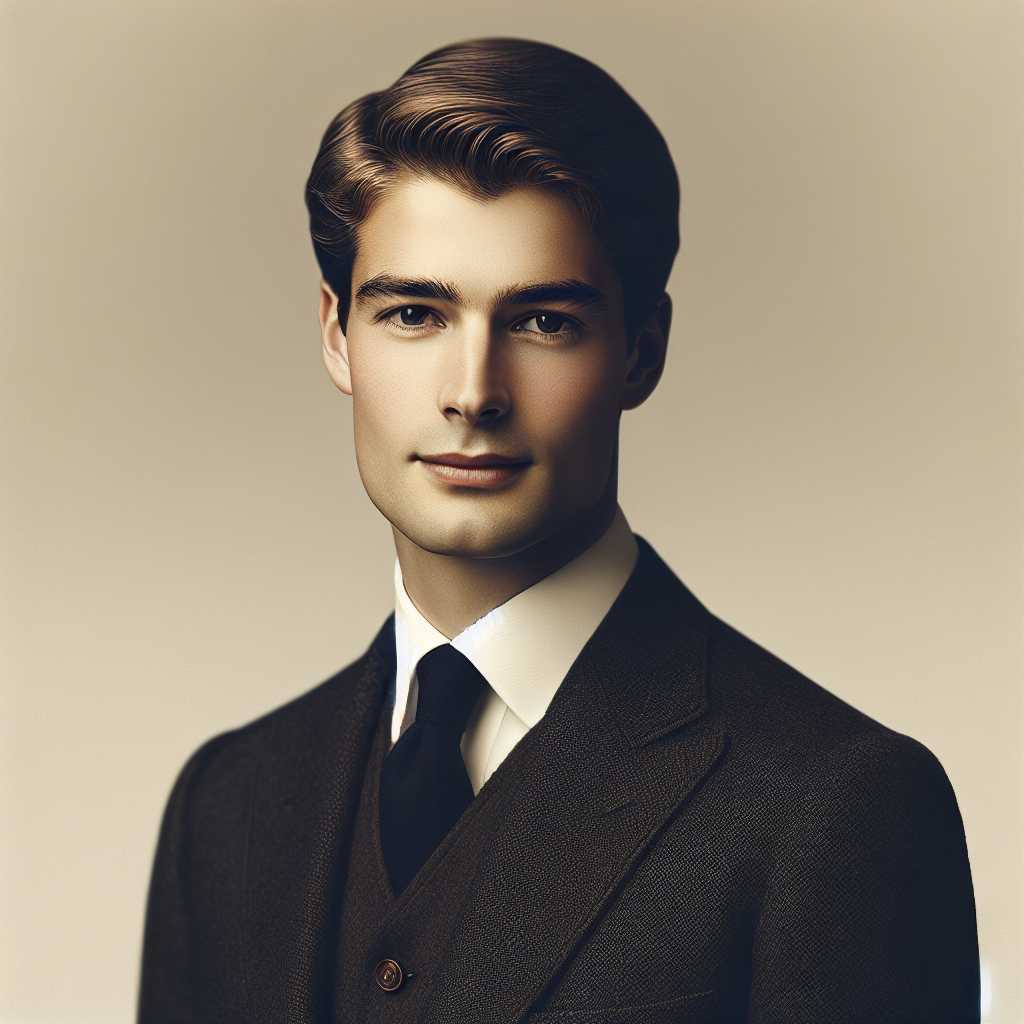The Role and Responsibilities of Prince William within the British Monarchy
Prince William, the Duke of Cambridge, is one of the most recognized members of the British Royal Family. As the elder son of Charles, Prince of Wales, and the late Diana, Princess of Wales, William is second in the line of succession to the British throne after his father. His role within the monarchy is multifaceted and evolving as the royal family adapts to the changing times.
Early Life and Education of Prince William
Born on June 21, 1982, Prince William Arthur Philip Louis’s entrance into the royal lineage was celebrated across the Commonwealth. He was educated in independent schools, starting at Jane Mynors’ nursery school and later attending Wetherby School. William then went to Ludgrove School in Berkshire before enrolling at Eton College. Following Eton, he took a gap year during which he participated in charitable work in Africa and worked on English dairy farms. He then pursued higher education at the University of St. Andrews in Scotland, where he completed his degree in Geography.
Military Service and Career
After university, Prince William followed royal tradition by enrolling in military service. He enrolled in the Royal Military Academy Sandhurst and was commissioned as an officer in the Blues and Royals regiment. His subsequent service included attachment to the Royal Air Force and Royal Navy to gain experience across all three branches of the British Armed Services. William’s most notable military service was as a search-and-rescue helicopter pilot with RAF Search and Rescue Force. Even after ending his active military services, Prince William continues to carry out engagements with the Armed Forces.
Royal Duties and Public Life
Prince Williamh carries out a wide range of public duties on behalf of Queen Elizabeth II and supports her as Head of State. This often includes representing the crown at state events, such as state banquets or international tours. Additionally, he works with numerous charitable organizations and has set up his own philanthropic endeavors including The Royal Foundation. His focus has been on key issues like mental health advocacy, conservation, and support for veterans.
Moreover, alongside his wife Catherine, Duchess of Cambridge, Prince William undertakes many obligations that contribute to their image as modern royals who can connect with younger generations while respecting traditional royal protocols.
Family Life and Succession
In addition to his public persona, Prince William maintains life as a husband and father. His marriage to Catherine Middleton took place on April 29, 2011, capturing global attention and marking a happy occasion for Britain’s monarchy. They have three children Prince George, Princess Charlotte, and Prince Louis whose births have been widely celebrated.
As a father, William has occasionally spoken candidly about seeking a balance between his public duties and private life. His family is central in line for throne succession; Prince George’s future role continues to draw interest from royal watchers who see in him generation that will lead monarchy later this century.
Philanthropy and Environmental Advocacy
Aside from official roles within the Royal Family, Prince William has been heavily involved in philanthropic work. Through their foundation and other means, he has focused on addressing global challenges such as illegal wildlife trade, combatting homelessness through supporting organization like Centrepoint (which focuses on helping young people at risk), and mental health issues with initiatives like Heads Together.
His commitment to environmental conservation especially stands out; he launched United for Wildlife consortium led by The Royal Foundation to fight illegal wildlife trade. Moreover, his Earthshot Prize initiative aims to motivate environmental progress over next decade.
Modernizing the Monarchy
Through his efforts in civic-minded projects and growth into a more visible leadership role within the family, Prince William is seen as a figure contributing significantly appealing figures into what lies ahead for Britain’s monarchy. He epitomizes balance modern sensibilities with respect tradition among younger generations while preparing more prominent responsibility future king Britain after his father.
